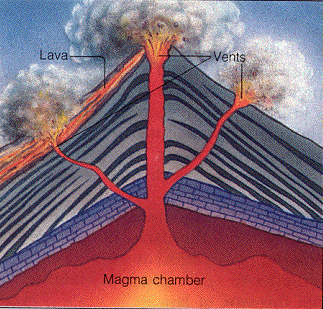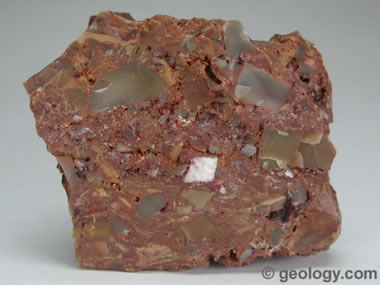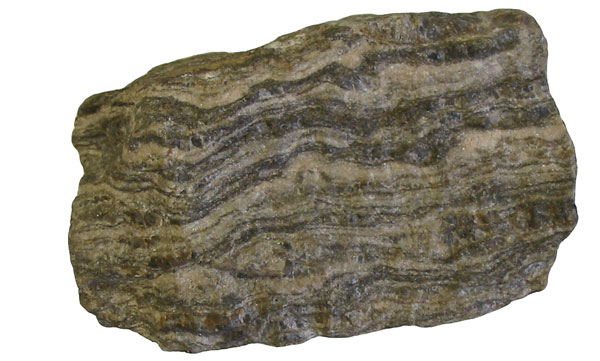Rock Cycle
Rocks
 Igneous rock
Igneous rock
rock that formed by cooling of magma/lava
 Sedimentary rock
Sedimentary rock
rock that formed by compaction and cementation of sediments
Metamorphic rock
rock that formed by heat and pressure of other rocks
 Magma/Lava
Magma/Lava
melting rock inside/outside of the volcano
Solidification
the rock gets cool and hard
Weathering & Erosion rock broke by wind and water into sediments
rock broke by wind and water into sediments
Sediments
small pieces of rocks

Compaction & Cementation
when rocks come together and glue together
Rock Types
Igneous rocks:
 Intrusive
Intrusive
form inside of the earth and has big crystals
Extrusive
form outside of the earth and has small crystals
Sedimentary rocks:
Clastic
form from rock pieces
Crystalline
form from liquid minerals
Bioclastic
form from death organisms
Metamorphic rocks:
Foliated
has layers
Non-Foliated
has no layers
The Rock Cycle is the process that take many years, and during this process the rocks change their shape and composition. When magma comes out of the volcano, it's called lava. Then lava gets cold and became a Igneous rock. Igneous rock can be of two types - intrusive that has big crystals and extrusive that have small crystals. Igneous rock that affected by weathering and erosion broke into sediments. Then sediments come through processes that called compaction and cementation, and became a Sedimentary rock. Sedimentary rock are made up of three types - clastic that is formed by cold lava, bioclastic that is formed by death organisms, and crystalline that is formed by the minerals from a water solution. Metamorphic rock is formed by heat and pressure of other rocks, and divided by two types - fiolated that has layers and non fiolated that has no layers.
Rocks
 Igneous rock
Igneous rockrock that formed by cooling of magma/lava
 Sedimentary rock
Sedimentary rockrock that formed by compaction and cementation of sediments
Metamorphic rock
rock that formed by heat and pressure of other rocks
 Magma/Lava
Magma/Lavamelting rock inside/outside of the volcano
Solidification
the rock gets cool and hard
Weathering & Erosion
 rock broke by wind and water into sediments
rock broke by wind and water into sedimentsSediments
small pieces of rocks

Compaction & Cementation
when rocks come together and glue together
Rock Types
Igneous rocks:
 Intrusive
Intrusiveform inside of the earth and has big crystals
Extrusive
form outside of the earth and has small crystals
Sedimentary rocks:
Clastic
form from rock pieces
Crystalline
form from liquid minerals
Bioclastic
form from death organisms
Metamorphic rocks:
Foliated
has layers
Non-Foliated
has no layers

















